The Dead Sea, often referred to as the world’s first spa, is a unique destination that draws travelers from around the globe. Nestled at the confluence of Jordan, Israel, and Palestine, this extraordinary body of water is not only famous for its astonishing saline concentration but also for its rich historical and biblical significance. Whether you are an adventurer seeking picturesque landscapes, a wellness enthusiast looking for rejuvenation, or a history buff wanting to explore ancient cultures, a trip to the Dead Sea promises an unparalleled experience. In this blog post, we will delve into everything you need to know to make the most of your visit to this fascinating area of natural beauty and historical importance.
The Significance of the Dead Sea
Geography and Natural Features
The Dead Sea is situated at the lowest point on Earth’s surface, approximately 430 meters (1,411 feet) below sea level. Spanning approximately 50 kilometers in length and 15 kilometers in width, it is bordered by the cliffs of the Judean Mountains to the west and the eastern desert plateau. With a salinity level of around 34%, it is nearly ten times saltier than most oceanic bodies of water. This extreme salinity prevents most aquatic life, hence the name “Dead Sea.”
This unique environment also results in breathtaking landscapes. The waters shimmer with an iridescent blue hue against the stark surrounding desert; the mineral-rich mud presents an alluring therapeutic option for visitors, and the traditional white salt formations create stunning textures along the shoreline.

Historical Context
The Dead Sea has held significant cultural and historical importance throughout the ages. It is referenced in several ancient texts, including the Bible, making it a significant religious site. The region is home to Qumran, where the Dead Sea Scrolls were discovered, providing invaluable insight into Jewish history and culture during the Second Temple period. Moreover, the area has been a favored site for health and wellness since ancient times, with civilizations utilizing its minerals for therapeutic purposes.
Health Benefits
Numerous studies have shown the therapeutic benefits of the Dead Sea’s unique mineral composition. The unusually high salt concentration, along with minerals such as magnesium, potassium, and bromine, is believed to alleviate various ailments including arthritis, psoriasis, and respiratory issues. The black mud found at the bottom of the sea is rich in minerals and is often used in spa treatments for its ability to nourish the skin and promote healing.
Planning Your Trip
Best Time to Visit
The best time to visit the Dead Sea is during the spring (March to May) and fall (September to November). During these months, the weather is mild with temperatures ranging from 20°C to 30°C (68°F to 86°F), making it comfortable for outdoor activities. Summer can be extremely hot, with temperatures soaring well above 40°C (104°F), while winter can bring chilly temperatures.
Getting There
The Dead Sea is accessible from multiple entry points, including from both the Jordanian and Israeli sides. The main access points include:
- From Israel:
- Ein Bokek: Home to several hotels and beaches. Popular facilities include spa treatments, pools, and sunbathing areas.
- Masada: An ancient fortress with a rich history, often combined with a visit to the Dead Sea.
- From Jordan:
- Aqaba: A coastal city that offers picturesque views and various accommodations while also allowing access to the Dead Sea.
- Kalia Beach: A public beach with facilities that are perfect for a day of relaxation.
Accommodation Options
There’s a range of lodgings available around the Dead Sea to cater to different tastes and budgets:
- Luxury Hotels: These often feature private beach access, spa facilities, and infinity pools with breathtaking views of the Dead Sea. Notable names include the Hilton Dead Sea Resort & Spa and the Kempinski Hotel Ishtar.
- Mid-Range Options: There are several comfortable hotels and resorts such as the Isrotel Dead Sea and the Leonardo Club, which offer good amenities at reasonable rates.
- Budget Choices: For more affordable options, look for guesthouses or campsites in the vicinity. Places like the Dead Sea Zohar Camp offer a chance to enjoy the landscape at a lower price.
Things to Do
Once you arrive at the Dead Sea, there are a plethora of activities to choose from:
- Floating in the Waters: The extraordinary buoyancy makes swimming nearly impossible. Instead, visitors often relax and float on the surface of the water while enjoying the stunning views around them.
- Mud Treatments: Embrace the rich mineral mud by applying it to your skin. Let it dry and wash it off to discover rejuvenated skin. Many resorts offer spa treatments utilizing this therapeutic mud.
- Explore Masada: A short drive from the Dead Sea, this ancient fortress steeped in history offers a fascinating tour. You can hike up or take a cable car to the top for panoramic views.
- Visit Qumran Caves: Learn about the history of the Dead Sea Scrolls and explore the caves that once sheltered these ancient manuscripts.
- Hiking and Nature Walks: Venture to the nearby nature reserves, such as Ein Gedi, which boast unique flora and fauna, stunning waterfalls, and opportunities for wildlife observation.
- Relax and Unwind: Many resorts offer wellness packages including massages, skin treatments, and relaxation therapies that can enhance your rejuvenation experience.

Tips for Visiting
- Stay Hydrated: With the extreme climate and high salt content, it’s essential to drink plenty of water throughout your visit.
- Do Not Drink the Water: While it might be tempting, avoid swallowing the Dead Sea water as it is highly saline and can cause stomach discomfort.
- Sunscreen and Hats: Protect yourself from the intense sun by applying a high-SPF sunscreen and wearing a wide-brimmed hat.
- Be Cautious of the Salt: The edges of the Dead Sea can be rocky, and the salt crystals can be sharp. Wear water shoes for optimal comfort.
- Plan for an Early Start: The best light for photographs is during the early morning or late afternoon when the sun is positioned beautifully above the horizon.
A visit to the Dead Sea is not merely a trip; it’s an experience that combines relaxation, healing, and a unique immersion in history. From its extraordinary geological features to its deep cultural roots, the Dead Sea offers something for every type of traveler. Whether you’re floating in its buoyant waters, indulging in spa treatments, or exploring the ancient ruins in the vicinity, your time here will be nothing short of magical. So pack your bags, prepare for a transformative journey, and let the soothing waters of the Dead Sea wash over you!

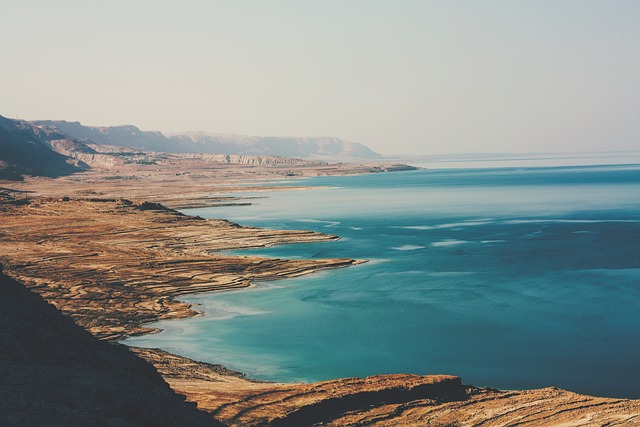
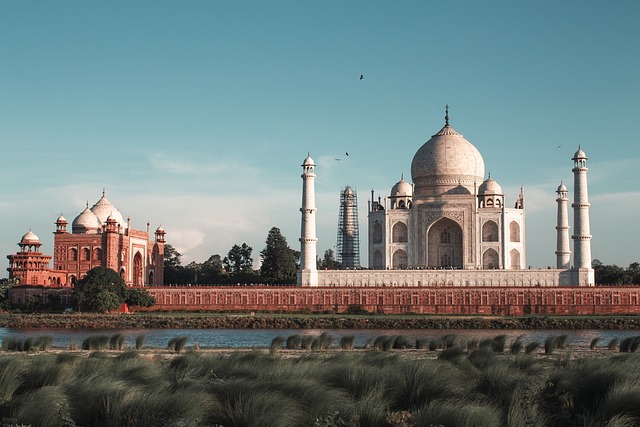
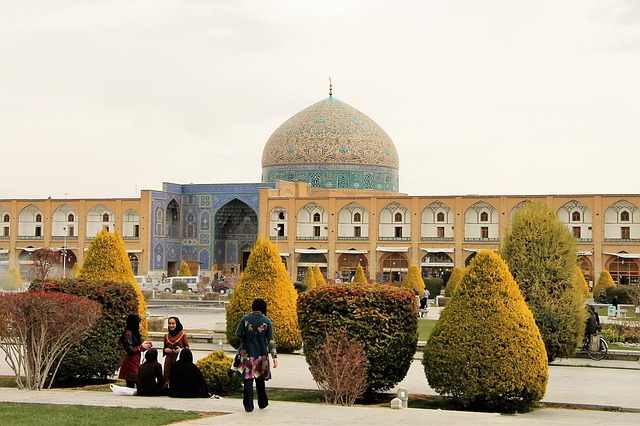
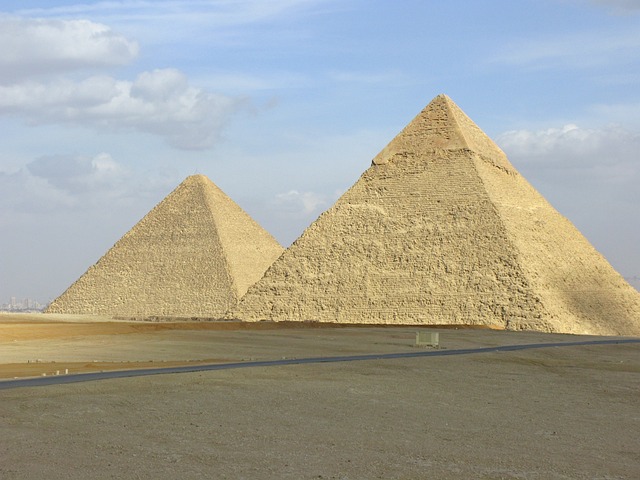
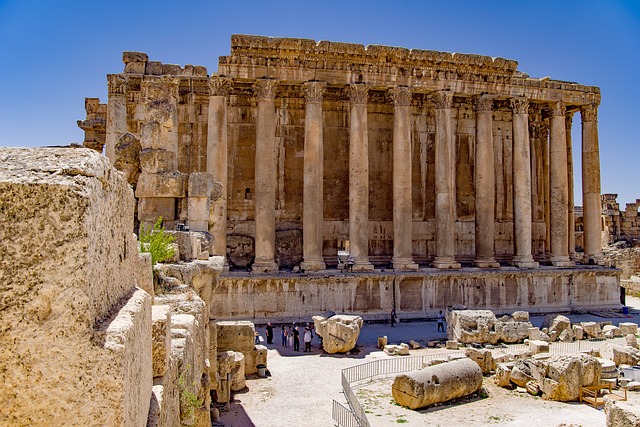
Helpful information. Lucky me I found your web site by chance, and I am surprised why this twist of fate didn’t happened in advance! I bookmarked it.